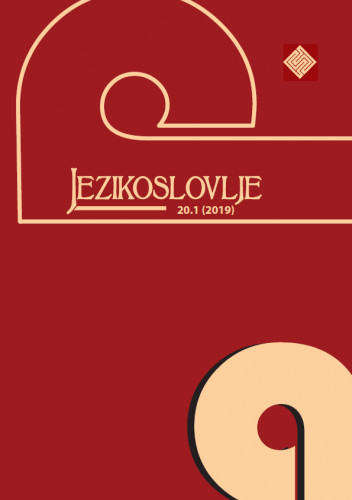The paper investigates the syntactic, semantic, and cultural properties of minimizers and maximizers from a contrastive perspective. Minimizers and maximizers are scalar constructions whose function is to strengthen the speaker’s (negative) assertion by pointing to the minimal (minimizers) or the maximal (maximizers) point on a pragmatic scale. The syntactic analysis reveals that these items are predominantly sub-clausal (V+NP/PP or NP/PP), and polarity sensitive, requiring the presence of a polarity licenser. The lexical analysis identifies three possibilities with regard to lexical selections in the two languages: a complete, partial, and a non-existent lexico-semantic overlap. Furthermore, the corpus data indicate that there is considerable variation in the lexical items appearing in minimizers and maximizers (e.g., give a damn/shit/toss/fuck/monkey’s/fig/rat’s (arse, ass, fart)/hoot). Even though minimizers and maximizers in both languages involve the metaphor more is up, less is down / good is up, bad is down and part-for-whole metonymy, the analysis shows that the lexical selection in the two languages diverges due to different cultural conceptualisations and cultural background. The observation and results of the analysis presented herein aim at contributing to a better understanding of idiomatic expressions from the viewpoint of contrastive linguistics, cultural studies, and cultural conceptualisation.; U radu se istražuju sintaktička, semantička i kulturna obilježja minimizatora i maksimizatora iz kontrastivne perspektive. Minimizatori i maksimizatori skalarne su konstrukcije, čija je funkcija pojačavanje govornikove (negativne) tvrdnje pokazivanjem na minimalnu (minimizatori) ili maksimalnu (maksimizatori) točku na pragmatičkoj skali. Sintaktička analiza otkriva da je većinom riječ o podrečeničnim jedinicama (GLAGOL + IMENSKA SKUPINA/PRIJEDLOŽNA SKUPINA ili IMENSKA SKUPINA/PRIJEDLOŽNA SKUPINA), koje su osjetljive na polarnost, odnosno zahtijevaju prisutnost izraza koji dopušta polarnost. Leksičkom raščlambom utvrđene su tri mogućnosti leksičkog odabira u dvama jezicima: potpuno, djelomično i nepostojeće leksičko-semantičko preklapanje. Usto, podaci dobiveni iz korpusa pokazuju da postoji značajna varijacija u leksičkim jedinicama koje se pojavljuju u minimizatorima i maksimizatorima (npr. give a damn/shit/toss/fuck/monkey's/fig/rat's (arse, ass, fart)/hoot). Iako minimizatori i maksimizatori u oba jezika uključuju metafore VIŠE JE GORE, MANJE JE DOLJE/DOBRO JE GORE, LOŠE JE DOLJE te metonimiju DIO-ZA-CJELINU, analiza pokazuje da se leksički odabir u dvama jezicima razlikuje zbog različite kulturne konceptualizacije i kulturne pozadine. Zapažanja i rezultati izneseni u ovom radu nastoje doprinijeti boljem razumijevanju idiomatskih izraza s gledišta kontrastivne lingvistike, kulturnih studija i kulturne konceptualizacije.
Sažetak

 Jezikoslovlje : 20,1(2019) / glavna urednica Gabrijela Buljan.
Jezikoslovlje : 20,1(2019) / glavna urednica Gabrijela Buljan.